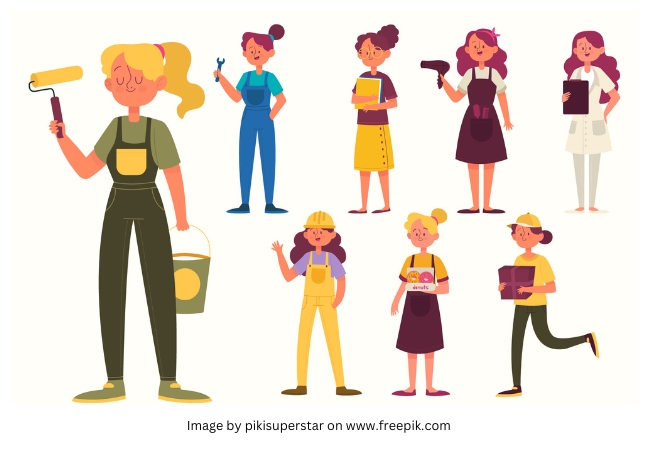
The British Occupational Hygiene Society (BOHS), a Scientific Charity and the Chartered Society for Workforce Health Protection, has published today a ground breaking report titled “Uncovering the UK’s Hidden Crisis in Women’s Workplace Health”. The report highlights the urgent need for measures to protect women from getting ill because of work.
According to the HSE 2022 Labour Force Survey tables an estimated 918,000 women suffer from worsened health due to exposures at work, compared to 778,000 men. However, these figures are believed to be under-reported, indicating an alarming gap in monitoring, measuring, and reporting the true scale of the problem.
The report highlights that women are carrying more of the burden of occupational disease than men and emphasizes that immediate action is needed to address this crisis before it becomes unmanageable.
“We are witnessing a silent and growing crisis that is significantly damaging women’s health in the workplace. As scientists committed to the prevention of workplace ill-health, I am delighted that our Society and Occupational Hygienists are showing leadership in this neglected area. However, the burden of occupational disease on women is an issue that demands urgent attention from all stakeholders in Occupational Health.” said BOHS President, Alex Wilson.
The report aims to initiate a national discussion on this crisis. It examines instances where the relationship between work and society fails to safeguard women’s workplace health. BOHS advocates for considering the impact of the workplace on women’s health as a measure of national equality policy, health and safety impact, and social sustainability.
The Council for Work and Health, which brings together the bodies which represent those professions delivering health, safety and wellbeing services to the working age population, commented:
“BOHS, a member of the Council, has raised the important issue of women’s health in the workplace, and what may be a lack of awareness of the nature of the threats to the health of women at work , and potentially a greater likelihood of ill health and injury than the level of risk for men.
“For all workers, the employer’s risk assessment should consider the threats to health of all people in the workplace and others who might be affected by the employer’s activities (which may be physical, chemical, biological, environmental and/or psychosocial hazards) and also those threats to health that may have a specific impact on certain people. This is asking the question “who might come to harm and how?”.
Key highlights from the report:
BOHS calls for everyone involved in Occupational Health protection to prioritize the impact of the workplace on women’s health. The Society stresses the urgency of collaborative efforts in tackling this issue and ensuring a healthier and more equitable working environment for women.
BOHS press release